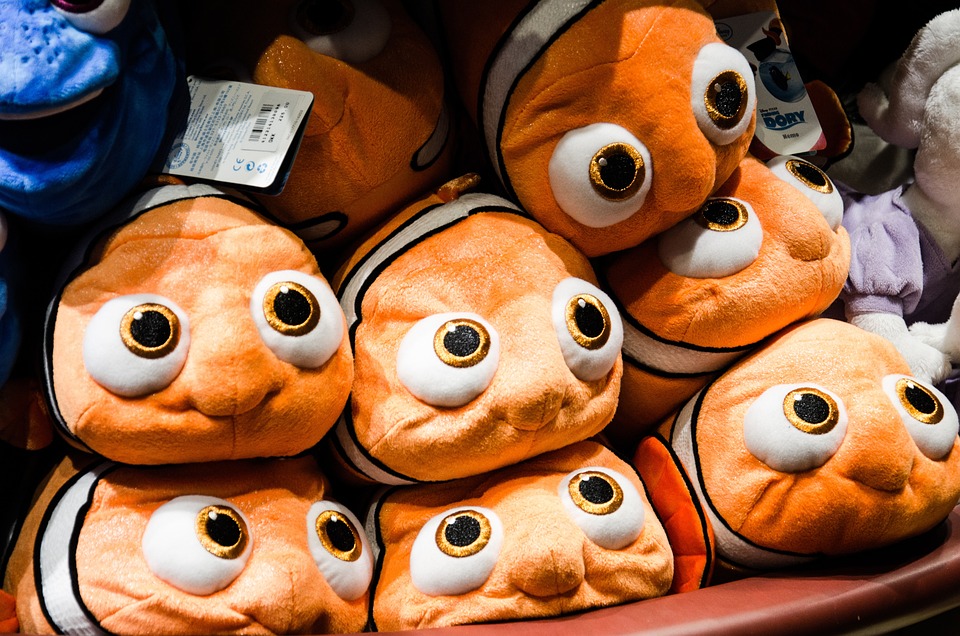*By John Smith*
**Introduction**
Maintaining optimal fish health is crucial for any fish enthusiast. However, fish can sometimes suffer from various health issues, such as parasites, fungal infections, or bacterial diseases. To combat these ailments, fish tank copper treatments have proven to be highly effective. In this article, we will delve into the benefits of using copper treatments, guidelines for their safe application, and address some frequently asked questions related to this topic.
**Understanding Copper Treatments**
Copper treatments involve the controlled application of copper-based medications within the fish tank environment. Copper is a potent treatment option that effectively eliminates external parasites, such as ich, velvet, and flukes, as well as certain fungal and bacterial infections. It acts as a powerful antiparasitic and antimicrobial agent, ensuring the well-being of your fish.
**Benefits of Copper Treatments**
1. **Efficiency**: Copper treatments are highly effective in eradicating parasites and infections, providing rapid relief to afflicted fish. The treatment targets the source of the problem directly, ensuring a swift recovery.
2. **Broad-spectrum**: Copper treatments have a broad range of effectiveness, making them suitable for combating various health issues. Whether your fish suffer from ich, velvet, fungal infections, or bacterial diseases, copper treatments can be a viable solution.
3. **Minimal stress**: Unlike many other treatment options, copper treatments do not usually cause significant stress to fish when administered correctly. The controlled dosage and gradual introduction of copper minimize the negative impact on fish health.
**Using Copper Treatments Safely**
While copper treatments offer numerous benefits, it is crucial to apply them correctly to ensure the well-being of your fish. Here are some guidelines to follow:
1. **Proper dosage**: Always follow the instructions provided with the copper treatment product. Overdosing can be harmful to fish and other aquatic organisms, while underdosing may render the treatment ineffective.
2. **Isolate affected fish**: It is advisable to isolate affected fish in a separate quarantine tank before beginning copper treatment. This prevents the spread of parasites or infections to other tank inhabitants and facilitates closer monitoring of the treated fish.
3. **Maintain water quality**: Adequate water quality is essential during copper treatments. Regularly test the water parameters, such as pH, ammonia, and nitrate levels, and ensure they remain within the recommended range. Copper treatments can impact the biological filtration process, so closely monitor and maintain proper filtration.
4. **Duration of treatment**: Copper treatments usually require a specific duration to be effective. Follow the instructions provided, and avoid discontinuing the treatment prematurely to ensure complete eradication of the health issue.
**Frequently Asked Questions**
1. **Is copper treatment safe for all fish species?**
– While copper treatments are generally safe for most fish species, certain sensitive species, such as scaleless or bottom-dwelling fish, may be more susceptible to copper toxicity. It is essential to research the compatibility of copper treatments with the specific fish species you keep.
2. **Can copper treatment harm beneficial bacteria in the tank?**
– Copper treatments can affect beneficial bacteria in the tank, disrupting the biological filtration process. To mitigate this, consider using products that contain additives to protect beneficial bacteria or supplement the tank with a bacterial additive after completing the copper treatment.
3. **How long should I continue copper treatment after the fish appear healthy?**
– It is crucial to complete the recommended duration of copper treatment, even if the fish appear healthy. This ensures the complete elimination of parasites or infections, preventing a recurrence.
4. **Can copper treatments harm invertebrates or plants in the tank?**
– Copper treatments can be harmful to invertebrates, such as snails, shrimps, or corals, and may damage certain plants. It is essential to remove them from the tank before initiating copper treatment to avoid any adverse effects.
**Conclusion**
Fish tank copper treatments offer a valuable solution to combat various fish health issues, ranging from parasites to fungal and bacterial infections. By understanding the benefits of copper treatments, following proper guidelines for their safe use, and addressing common concerns, you can effectively improve and maintain the health of your prized aquatic companions. Remember, always consult with a knowledgeable professional or veterinarian if you have any specific concerns about your fish’s health or the appropriate use of copper treatments.









